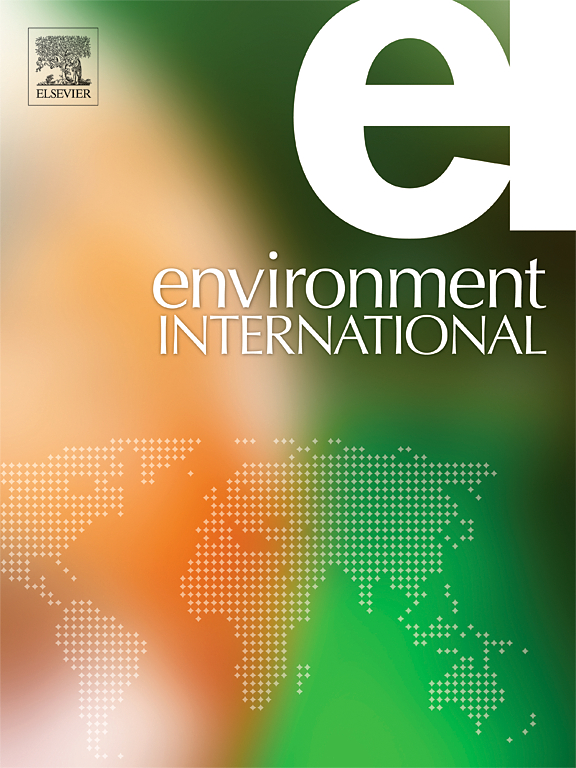Recreational exposure to polluted open water and infection: A systematic review and meta-analysis protocol
IF 10.3
1区 环境科学与生态学
Q1 ENVIRONMENTAL SCIENCES
引用次数: 0
Abstract
Background
Open water recreation (e.g. swimming, surfing) is growing in popularity alongside concerns about contracting infections as a result of wastewater (including sewage) and runoff pollution in seas, rivers, lakes, and other bodies of open water. Previous systematic reviews have found evidence for a positive association between exposure to open water and infection. However, these syntheses focus on comparisons of recreational water users and non-recreational water users, and make concessions on key stages of the systematic review process. This limits their ability to summarise the evidence for an effect of exposure to pollution, specifically.Methods
We present a peer-reviewed protocol for a systematic review and meta-analysis of exposure to wastewater and runoff pollution and infection in recreational open water users in the Global North. Eligible studies must contain at least two groups of recreational water users known or suspected to have been exposed to distinct levels of pollution, with some estimate of cases of infection in each group. These studies will be obtained via searches of bibliographic databases (MEDLINE, Web of Science Core Collection, Environment Complete, and Global Health), grey literature sources, and supplementary search methods. Risk of bias in these studies will be assessed using Cochrane’s ROBINS-E and RoB 2 tools. Studies’ results will be qualitatively and quantitatively synthesised, following and reporting to contemporary standards and guidelines (e.g. PRISMA, SWiM). The results of the review will be summarised with a GRADE certainty assessment of the evidence for different types of infections, presented in a Summary of Findings table.求助全文
约1分钟内获得全文
求助全文
来源期刊

Environment International
环境科学-环境科学
CiteScore
21.90
自引率
3.40%
发文量
734
审稿时长
2.8 months
期刊介绍:
Environmental Health publishes manuscripts focusing on critical aspects of environmental and occupational medicine, including studies in toxicology and epidemiology, to illuminate the human health implications of exposure to environmental hazards. The journal adopts an open-access model and practices open peer review.
It caters to scientists and practitioners across all environmental science domains, directly or indirectly impacting human health and well-being. With a commitment to enhancing the prevention of environmentally-related health risks, Environmental Health serves as a public health journal for the community and scientists engaged in matters of public health significance concerning the environment.
 求助内容:
求助内容: 应助结果提醒方式:
应助结果提醒方式:


